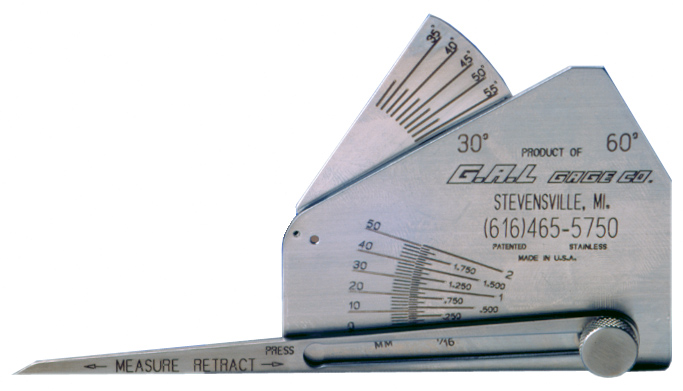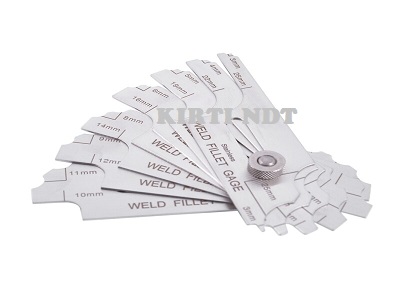How to Achieve Accuracy with Gauge Fillet Welds in Your Tasks
How to Achieve Accuracy with Gauge Fillet Welds in Your Tasks
Blog Article
Fillet Weld Design Strategies: Optimizing Joint Efficiency and Looks for Structural Stability
In the realm of structural engineering and construction, the relevance of fillet weld style strategies can not be overemphasized. By thoroughly considering elements such as weld account optimization, material choice, joint preparation techniques, welding procedure efficiency, and visual enhancement producers, techniques and designers can achieve a harmonious equilibrium in between performance and look in their welded structures.
Weld Account Optimization


Accomplishing an optimal weld profile includes a careful factor to consider of factors such as material thickness, joint configuration, welding position, and wanted welding speed. Additionally, the option of ideal welding parameters, such as voltage, present, and take a trip rate, is essential in controlling the shape and dimensions of the fillet weld. Utilizing sophisticated welding techniques, such as pulse welding or robotic welding, can better refine the weld profile to satisfy specific style needs and high quality criteria.
Essentially, weld profile optimization is a basic facet of fillet weld design that straight affects the general efficiency and integrity of bonded joints in structural applications.
Material Option Considerations
When thinking about product option for fillet weld style, the compatibility of the base metals is a vital aspect affecting the architectural stability of the joint. It is important to pick products that not only weld together properly however additionally possess similar mechanical residential or commercial properties to make sure the load is equally dispersed in between the base and the weld metals. Welding products with vastly various homes can result in problems such as anxiety concentrations, premature joint failing, or splitting.
In addition, the environment in which the bonded framework will run must be thought about when choosing products. Variables like rust resistance, temperature variations, and direct exposure to chemicals can all affect the durability and performance of the weld joint. By selecting products that appropriate for the desired application and atmosphere, the general resilience and integrity of the bonded joint can be dramatically boosted.
Therefore, thorough consideration of material compatibility and environmental aspects is paramount in making sure the weld joint's strength, sturdiness, and total architectural honesty.

Joint Prep Work Methods
Taking into consideration the important duty product choice plays in ensuring the structural integrity of fillet weld joints, it is necessary to carry out precise joint my site preparation techniques that maximize the connection between the base metals. Joint preparation is a critical step that directly influences the top quality and toughness of the weld. One essential strategy is the cleaning of base steels to eliminate any pollutants like corrosion, oil, or paint that can compromise you can look here the weld's honesty. This can be achieved through approaches such as grinding, cord brushing, or chemical cleansing.
Furthermore, tack welding the elements in area before the final weld assists keep alignment and minimizes distortion throughout the welding procedure. By carefully following these joint prep work techniques, welders can enhance the overall efficiency and visual appeals of fillet weld joints while guaranteeing architectural sturdiness.
Welding Process Performance
Reliable welding processes are important for accomplishing optimal performance and top quality in fillet weld manufacture. Procedures like gas steel arc welding (GMAW) and flux-cored arc welding (FCAW) are commonly utilized for fillet welds due to their versatility and speed.
Furthermore, making sure appropriate equipment arrangement and upkeep is critical for reliable welding. Regular calibration of welding makers, evaluation of consumables, and maintenance of welding lanterns can avoid downtime and remodel, eventually saving time and resources. In addition, utilizing experienced welders with competence in the particular welding procedure being used can significantly impact efficiency. Trained welders are extra skilled at adjusting parameters, troubleshooting concerns, and maintaining constant weld high quality.
Aesthetic Enhancement Approaches
To enhance the high quality of fillet weld fabrication, executing visual improvement methods can play a crucial duty in ensuring accuracy and accuracy throughout the welding process. Visual aids such as weld dimension determines and multiplying lenses can aid in evaluating weld profiles and dimensions precisely. By incorporating these aesthetic enhancement techniques right into the welding process, welders can see it here attain not only structurally audio fillet welds but additionally aesthetically appealing outcomes that meet market criteria.

Conclusion
To conclude, maximizing fillet weld layout entails careful consideration of weld account, material choice, joint prep work, welding procedure performance, and aesthetic improvement approaches. By implementing these methods, architectural integrity can be improved while likewise achieving aesthetic allure. It is necessary to focus on both performance and aesthetics in fillet weld layout to guarantee the total quality and longevity of the joint.
By carefully considering aspects such as weld profile optimization, product choice, joint prep work strategies, welding procedure performance, and visual enhancement makers, engineers and methods can attain an unified equilibrium in between capability and look in their welded frameworks.In the realm of fillet weld style, maximizing the weld account plays an essential role in guaranteeing structural integrity and performance. The weld profile, which consists of the size and form of the weld cross-section, directly influences the circulation of anxiety and load-bearing capability within the joint. It is important to choose materials that not only bonded together successfully however also possess similar mechanical homes to make sure the lots is evenly dispersed between the base and the weld steels - Gauge Fillet Weld.In verdict, optimizing fillet weld design includes cautious consideration of weld account, product choice, joint preparation, welding process effectiveness, and visual enhancement techniques
Report this page